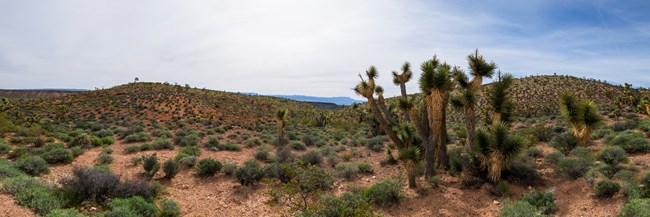

Example of inadequate living conditions in captivity:
Human caused reasons that animals die in the wild:
Killing or using an animal for selfish needs.
Examples of exploitation:
Ways to avoid animal exploitation:
The killing, trapping, or taking of wild animals or fish without permission.
Poaching Facts:
The use of non-human animals in experiments that seek to control the variables that affect the behavior or biological system under study.
Animals used:
What's wrong with animal testing?
Overall, animal testing does not give correct results and causes unnecessary pain and death to innocent animals.
Alternatives Options to Animal Testing
What is considered a therapy dog?
"A Therapy Dog is someone’s pet that has been tested for its social temperament, trained to be well behaved and registered with a therapy dog organization. A therapy dog provides comfort to people in nursing homes, hospitals, schools or other institutions." Medical Mutts, July 15, 2022

How is this different than a service dog?
There are different qualifications as well as duties. Emotional Support Animals (ESA) provide comfort or bring their owners joy, relaxation, or comfort simply by being present.
Qualifications for being a service dog?


Coral Reef -
Butterflyfish, Fishes, Clownfishes, Corals, Sharks
Grasslands -

bison, deer, pronghorns, prairie dogs, elk
Desert -

Addax, Fox, Coyote, Meerkat
Forest -
:max_bytes(150000):strip_icc()/489034241_5-56af62885f9b58b7d0183204.jpg)
Squirrel, Orangutan, Wolf, Deer, Birds, Owl
Tundra -
:max_bytes(150000):strip_icc()/tundra-climate-5be07fabc9e77c0051e2145d.jpg)
Arctic Fox, Polar Bear, Musk Ox, Walrus, Snowy Owl
Savanna -
zebra, giraffes, ostrich, african buffalo, spotted hyenas, elephants